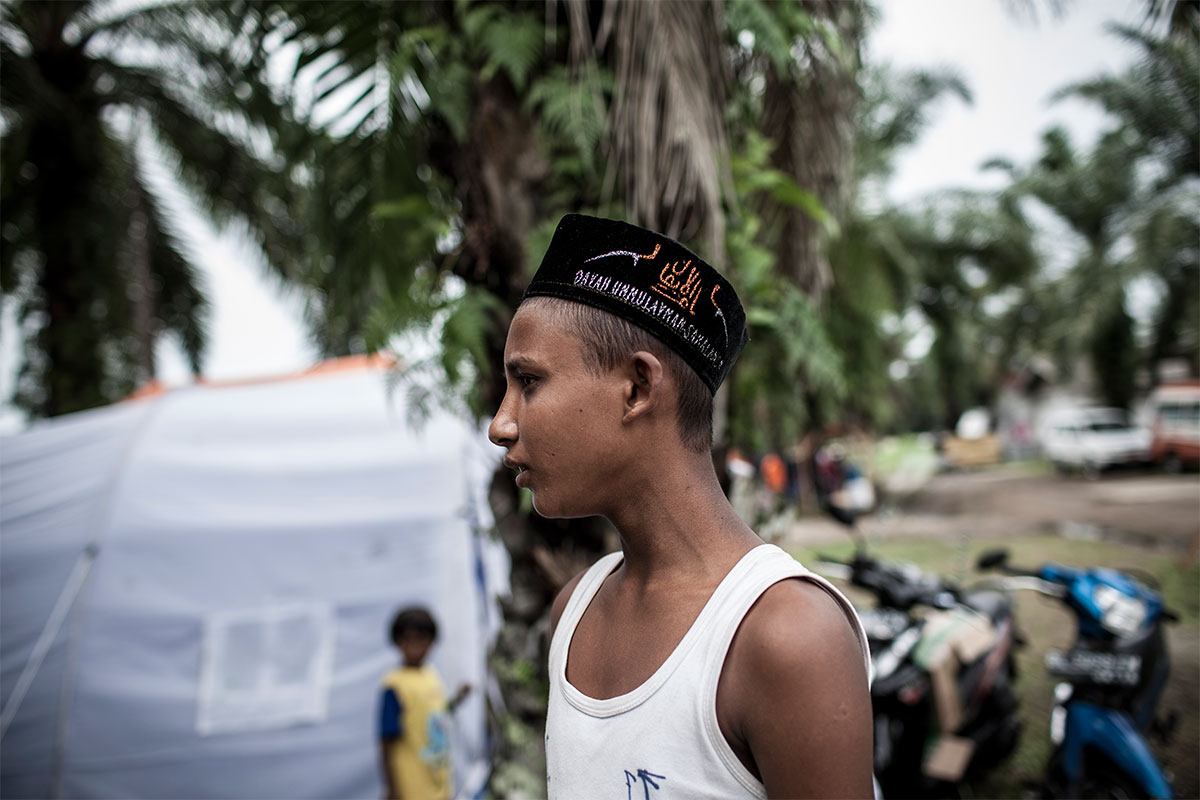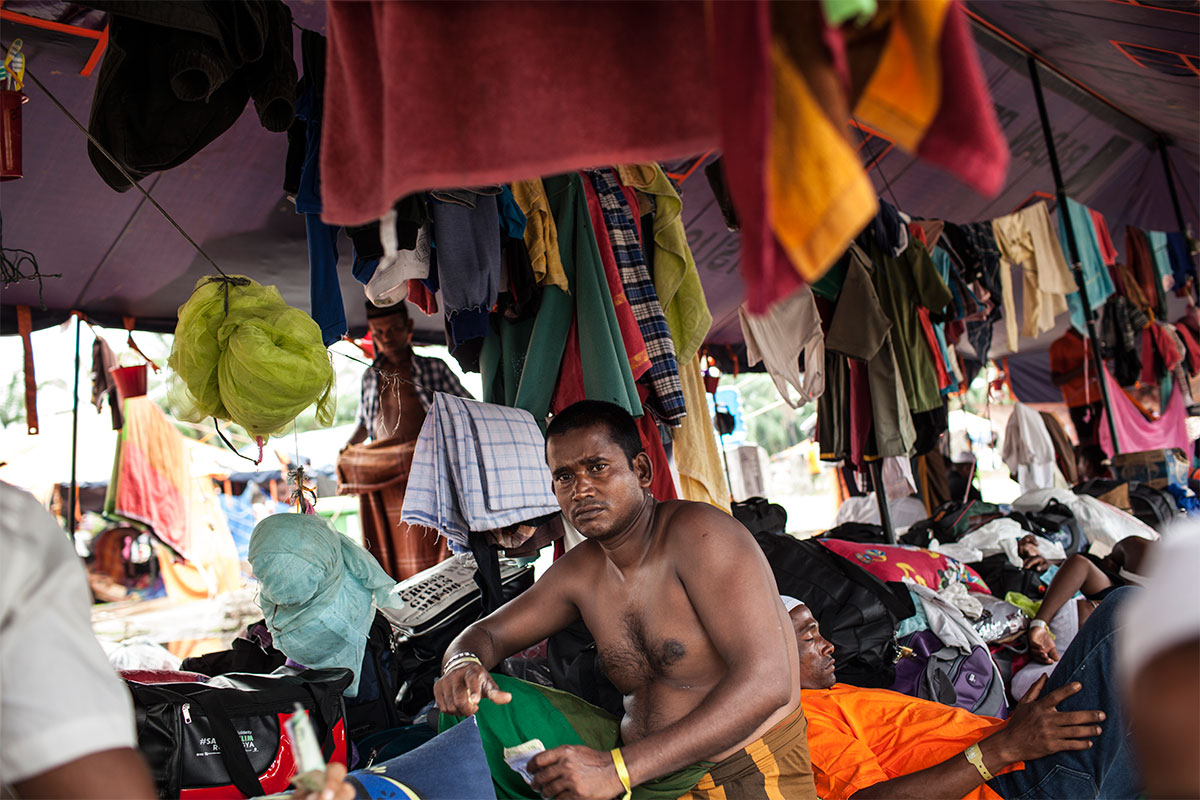
In May 2015, thousands of Rohingya and Bangladeshi migrants were rescued by Acehnese fishermen after being left on the sea for weeks. Commanded by Panglima Laot, a local customary leader who has the right to decide what can (and cannot) be done in Aceh’s sea territory, Acehnese fishermen and their society in general have agreed to help and host the migrants. Currently, there are four Rohingya refugee camps run in Aceh which are located in Kuala Langsa, Kuala Simpang, Bayeun, and Blang Adoe in North Aceh. Under the local custom of inclusion, civil society in Aceh has shaped its own ‘migration regime’ that dictates ‘whom to help’ and ‘what is best for them’.



The local Acehnese ‘migration regime’ is just one of many ‘migration regimes’ we encountered in Aceh in our visit in June 2015. Others are commonly institutional migration regimes such as rules from national immigration office, humanitarian program from international NGOs implementing international standard and categorization of migrants and also, disciplinary regime applied by the refugee camp caretakers. Although these ‘migration regimes’ are actively operating in parallel and complement one other, they do not share the same values and thus, often create tension.
For example, many Acehnese learn the language of difference that they must help the Rohingya refugees due to the discourse of religious persecution and discrimination they face in Myanmar, but not the Bangladeshi whom are not considered as refugees but just economic migrants. They are treated differently such as given armband with different colors so the Acehnese can easily identify them.





For the migrants in Aceh, the Acehnese carry out a non-institutional immigration regime that is quite fluid. It determines what kind of activities (or behavior) are considered good or appropriate for the migrants.
For example, the Rohingya refugees are expected to perform and attend ritual prayers according to Aceh’s interpretation of Islamic teachings. Often, praying is part of the activities or daily program that is done with close surveillance by the officer. There are also other values that must be agreed to by the migrants when they move to the current place of shelter, but regardless, the local ‘host’ shows their warm gesture of acceptance. In this case, local values, things that are often the essence of this non-institutional migration regime, go on to influence the institutional migration regime.


In the middle of the hustle and bustle of aid politics and local-national negotiation on refugees’ issues, there is a need to see more closely how people involved in ‘migration regimes’ tend to drill others who are seen as ‘incapable newcomers’.




Photos by Henri Ismail
Text by Realisa Masardi (PhD candidate, Department of Anthropology, University of Amsterdam)
Issue 18, Kyoto Review of Southeast Asia. September 2015
View Henri Ismail’s Rohingya in Aceh photos in this slideshow:
[youtube id=”0iWdyRfKedw” align=”center” mode=”lazyload-lightbox” maxwidth=”900″]See more of Henri Ismail’s photos on his Flickr page: https://www.flickr.com/photos/henri-ismail/
